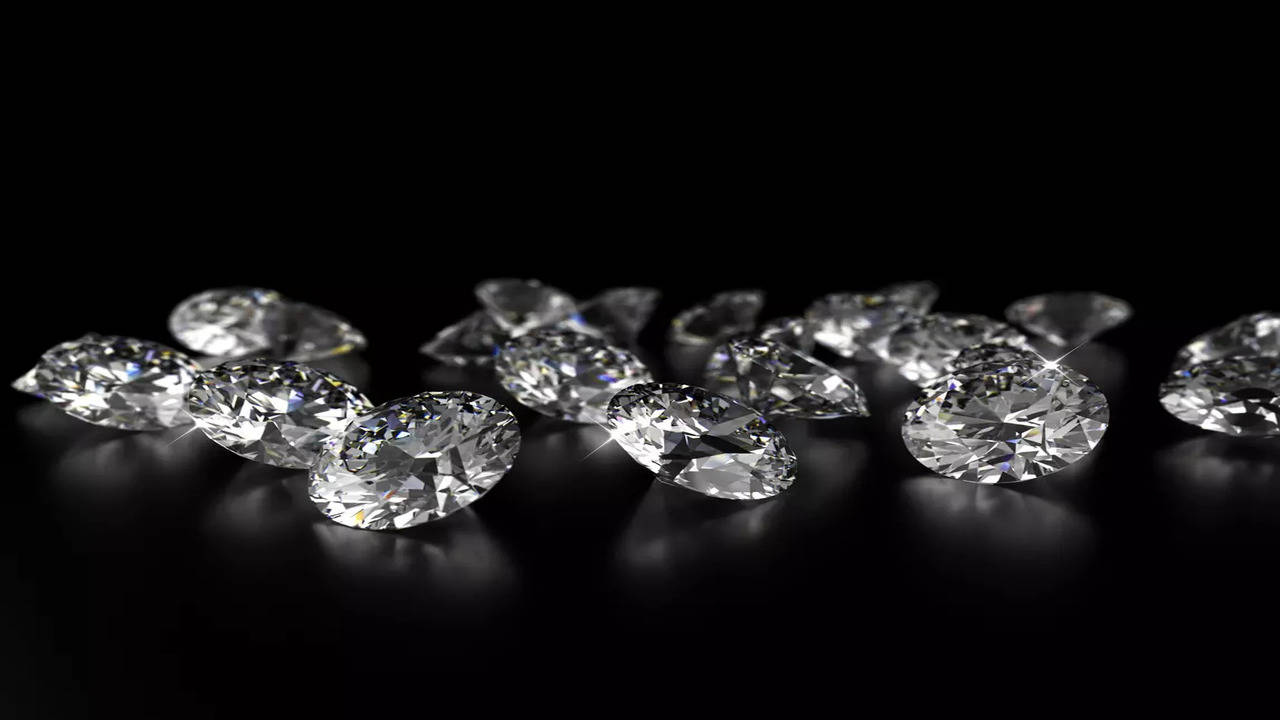[ad_1]
THE Chicken OR THE EGG OR THE Hen OR …
Crafting in The Conjectural Human body (2010), the American thinker and new music theorist Robin James extends Rousseau’s assertion that the mother nature of audio is “unique [in its] skill to categorical and elicit human passions” to include all audio.1 He also speculates that, “untouchedby language … a audio has no absolute character by which it could possibly be recognised.” 2 Straight away, issues of the nature as sound as an complete thought occur, not able to be efficiently answered. What is this sonic ur-content – audio – which gets to be that which we have an understanding of as language and song? If, as James argues, we recognise sound as songs and language simply because of sure social—now inherent—signifiers, what then, is motion to dance? If, as evolutionary linguistics postulates, people adapted more than time to harness their ability to generate seem and therefore communicate, is dance then a product of the mutative want to converse via the physique? “I believe they occur from the similar location. They’re distinctive varieties of one thing similar. They equally actually occur from listening,” artist and performer Lara Dâmaso points out to me, “they” being new music and dance. Her thesis is that movement is often a reaction or response to a thing, that there is no motion that arrives from nowhere, that it must usually be inspired by a little something, and that it is the identical with seem. “It’s connected with the passage of air and is shaped by the current instant, but also by record, and identification,” she continues. For the artist, the nature of audio is contingent on the natural environment in which it’s produced. “What area is it made in? How does it resonate?” she asks, the notion of resonance primary her to conclude that “there is audible movement and obvious movement.” This dilemma of causality begs additional inquiries with each and every 1 it solutions (“why do we want new music to dance, when music doesn’t require dance to be songs?”). “ECHOES” stems from the artist’s desire to open up new pathways for sound by means of collective movement. The ensuing inquiry yields a performative exploration of the self-as-medium in which sonic and actual physical gestures are conflated—we return to a pre-hierarchical appreciation of expression.
SLIPPAGE OF THE Many SELVES
“ECHOES” is the most current of Dâmaso’s durational performance operates, the initial in which she invitations 3 other performers—Nikima Jagudajev, Tarren Johnson and Mario Petrucci Espinoza—to choose the phase with her, therefore sharing her resourceful onus. Even though the architecture and structure of this exhibition may possibly suggest a cumulative sum of parts—(The presentation is inaugurated by a vocal and movement performance by Dâmaso which is then broadcast about speakers. Later, in excess of the course of the exhibition, Jagudajev, Johnson, and Espinoza will also complete and make recordings, engaging with the modular, specifically-made curtains which demarcate the place.)— this function is, in point, a spot for investigating the prospective of polyvocality, that is, the use of a number of, overlapping voices to generate a sonic occurring unfathomable as a one performer.
It is vast understatement—false, even—to explain this party as a “collaboration” between artists. In Johnson’s words, “It’s a drive to share consciousness, enable go of your specific thoughts, and lucid desire jointly. To expertise and surface in each other’s works and fantasies.” There is a very transgressive high-quality to these suggestions, of “exiting the imprisonment of the singular system, or singular identity” as Johnson ongoing. Such collective exploration is the only means by which Dâmaso can get closer to an knowing of the full potential of human vocal expression, a system she laments as radically underexplored.
In bringing jointly performers with commonly varying backgrounds—Johnson not long ago finished collaborating in a closely rehearsed opera, is a classically skilled dancer, and normally will work with folk singing and poetry Espinoza’s experience is as a road overall performance and Jagudajev’s background is as a choreographer—Dâmaso generates an chance for the fluid movement of expression throughout bodies and between modes. The ensuing rigidity is brought about as the boundaries among the individual and the collective performer are dissolved and designed permeable: The invitation to check out the self yields the discovery of a new, bigger, ephemeral full.
PARADOX BLOCK
Newton’s third legislation states that for every actionable pressure in nature, there is an equivalent and opposite response. In get to attain new frontiers, there must be a thing remaining at the rear of. In essence, the place some thing is shed, there is also some thing acquired.
The contradictory nature of this theory is demonstrated clearly in “ECHOES,” the place the reduction of the performers’ sovereignty offers way to the solace of the higher complete. “Lara has this thought of amplification,” Espinoza tells me, “Usually, its thought of as an act of unison, in which many individuals are communicating ‘one’ message, but what is amplified right here is the dissolution of the performer. I locate it quite enjoyable, for the reason that I get to take off the duty of identity.”
Jagudajev, much too, available an notion of this contradiction in conditions: “I anticipate that I’ll be leaving one thing guiding, but I don’t anticipate that I’ll be leaving with fewer.” These mutual forces tug at the performer, building catharsis as they acquire existence. The fleeting communion of bodies and voices is as a great deal a power of generation as it is of dissipation.
Olamiju Fajemisin
at KRONE COURONNE, Biel/Biennne
right up until July 16, 2022
[ad_2]
Source link







